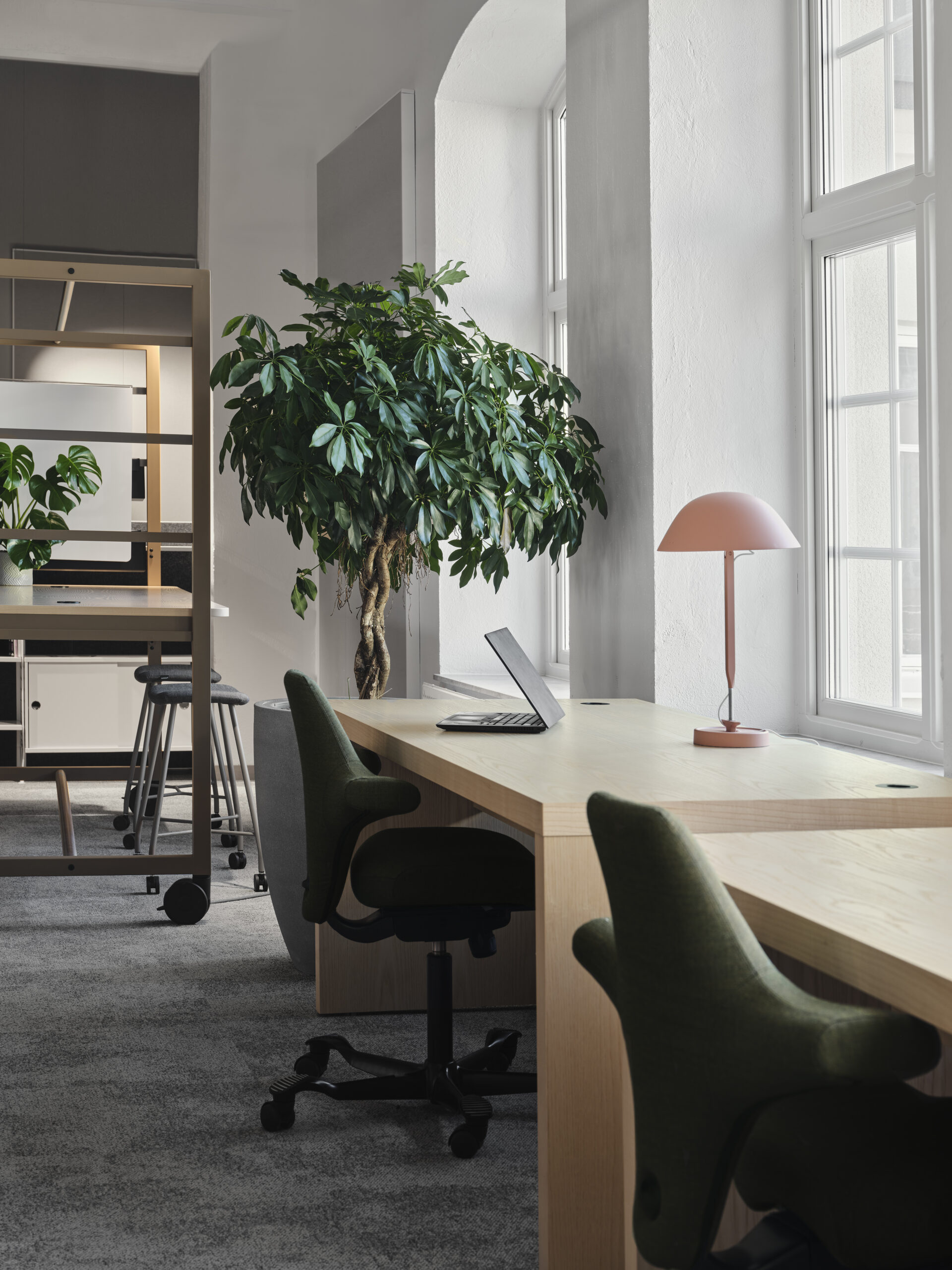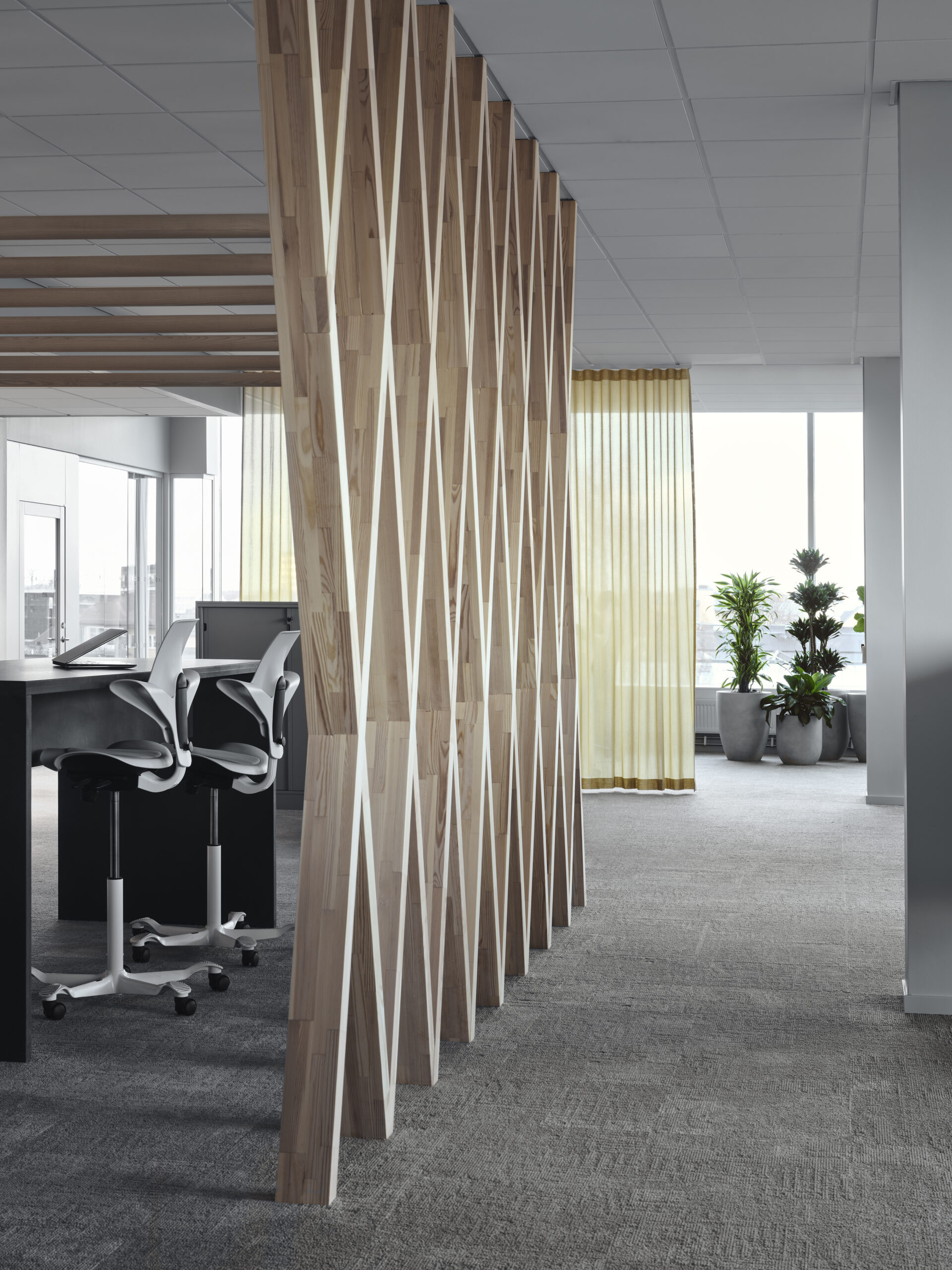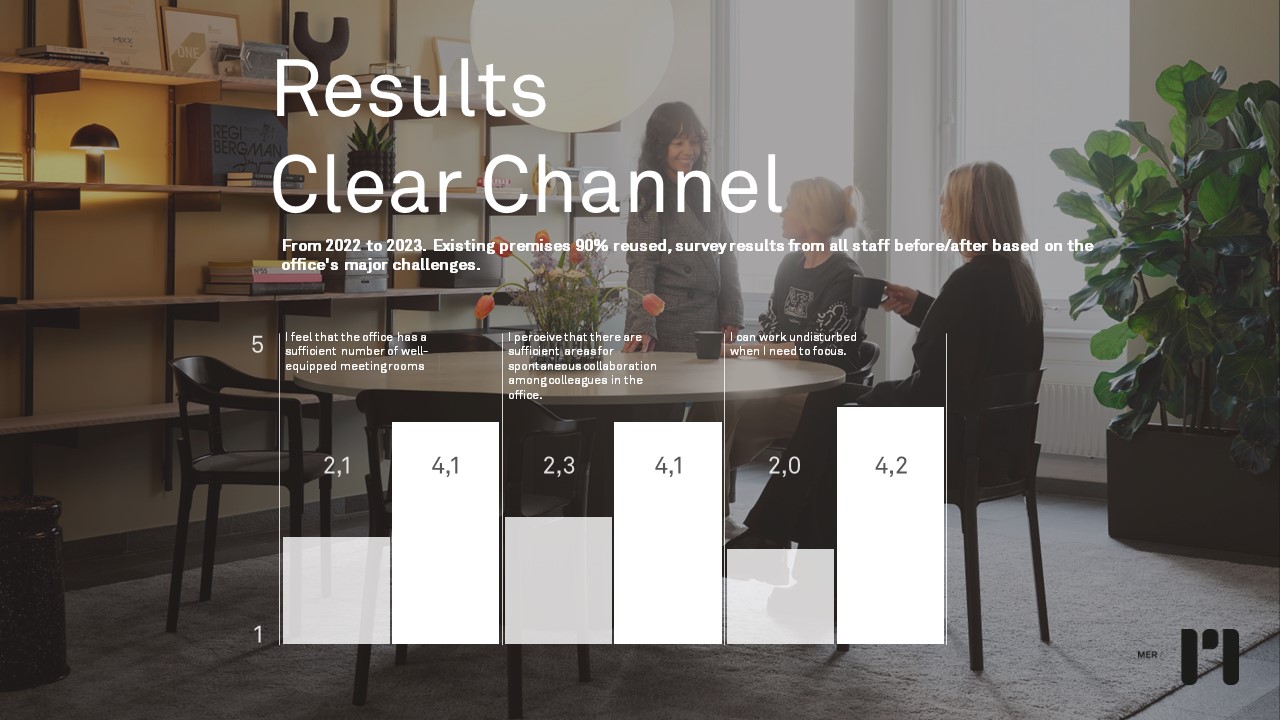A recent survey conducted by Stockholm-based architects MER Arkitekter revealed the growing challenge of maintaining individual focus in the office. Speaking with over 1000 office workers across Sweden, 25% identified the lack of spaces for quiet and focused work as the primary issue at their workplace. Additional concerns included an unsatisfactory working environment (23%), insufficient rooms (18%), and a scarcity of social and relaxation spaces (14%).
Interestingly, these challenges were more pronounced among younger, urban workers. For those under 35, the lack of quiet and focused workspaces surged to 31%, rising further to 42% among those in the same age group residing in the capital city.
Niklas Larsen, CEO of MER Arkitekter, contextualizes these findings within the evolving landscape of work, “The pandemic has prompted a re-evaluation of what the office is for. Working from the office is no longer taken for granted, so people are more aware of it when being there isn’t a rewarding experience. The gap between management assumptions and employees' actual needs is growing, and it’s something that needs to be addressed.”
The collective experience of working from home has transformed the way people work. The benefits of having a comfortable, quiet place to work at home, means that people are increasingly finding it harder to concentrate and focus in open-plan workspaces, which are the most popular type of focus space in traditional office environments. This is further magnified by the significant rise in video calls (mainly to those working remotely) - the workplace is feeling a lot noisier.
Generally speaking, younger workers are less likely to have the resources (both financially and spatially) to create an adequate long-term home office workspace, which explains why those under 35 are keen to use the office for individual focused work, but finding it difficult. This is even more likely to be the case in urban areas like Stockholm, where homes are smaller.
For MER Arkitekter, the solution is for businesses to ensure they understand what their employees want from the office. The rapid development of hybrid working should not result in the stripping of spaces to focus from the office, but rather a better understanding of what the office should look like to maximise it’s potential.
Niklas; “Many clients that we speak to are keen to create office spaces that foster teamwork and effective collaboration. But when we speak to employees, the lack of space for focused work in the office is stressing them out so much they have even less time for meaningful collaboration. Our latest survey shows that these feelings are also perceived differently depending on your age, location, gender, and the sectors you are working in, giving each workplace its unique needs.”
Explore - designing better workspaces to focus
MER Arkitekter works on approximately 300 spaces a year, with around 75% being office projects, providing them with significant insight into this issue. Many of their recent projects are built around their clients' needs for more diverse workspaces within the office to support new requirements.
For example, the new workspace they designed for Clear Channel in Stockholm aimed at creating a more diverse office, offering a healthy and attractive space that better supports hybrid working. While remaining in the same premises and reusing roughly 60% of the original interior, they created a new office landscape that increased flexibility, providing clear spaces for collaboration, and, importantly, focused work.
Niklas: "The interesting thing about this project is that we see a doubling in employee satisfaction with how the office turned out after our collaboration. It was achieved without changing the premises, major renovations, and mostly reusing the existing interior. So it's more about understanding the business and the employees' needs and doing as little as possible but creating maximum impact with what is actually done."
Flokk Whitepaper - Designing hybrid workspaces





